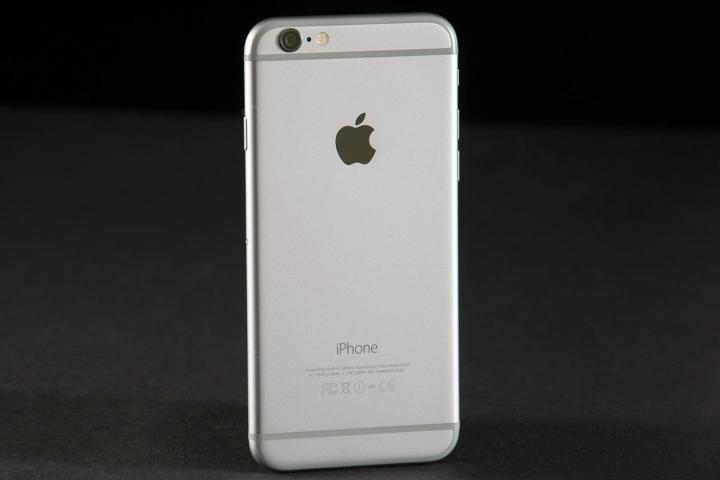
The patent is for a ‘non-capacitive or radio frequency-transparent material with anodized metal appearance,’ a very descriptive title that tells us almost all we need to know. Apple’s idea is to make a composite material that looks and feels like the metal covering an iPhone today, but which doesn’t need any plastic strips running across it to make the phone part work normally.
Apple calls the creation of devices that require radio wave transparency a ‘design challenge,’ and at the moment the visible plastic in metal or glass surfaces ‘can detract from the smooth and continuous look of the metallic housing.’ In other words. Apple hates the fact it can’t make the already pretty sleek iPhone completely free of ugly design compromises.
Delving deeper into the document, Apple doesn’t only see the new material being used for smartphone and tablets. It also talks about using the composite to make trackpads and touch sensitive surfaces on laptops, and discusses how it could boost Bluetooth connectivity in addition to radio frequencies on smartphones.
This isn’t the first time Apple has tried to solve reception problems using a new type of composite material. Way back in 2011, it filed a patent for a composite made up of foam cells that would create RF transparent windows in the body of a device, while avoiding the need to make any alterations to the design.
Apple is working hard to come up with a solution to a problem that it clearly finds irritating, but the fact it’s still at it four years later proves not all its patents turn into innovations ready for inclusion on an iPhone we’ll actually end up using, and that could also be the case for the composite discussed in the latest patent.
You can read the highly technical description of Apple’s new patent here.
Editors' Recommendations
- This one Apple Fitness feature completely changed how I exercise
- An Apple insider just revealed how iOS 18’s AI features will work
- iPhone 16: news, rumored price, release date, and more
- iPhone SE 4: news, rumored price, release date, and more
- 3 reasons why I’ll actually use Anker’s new iPhone power bank




